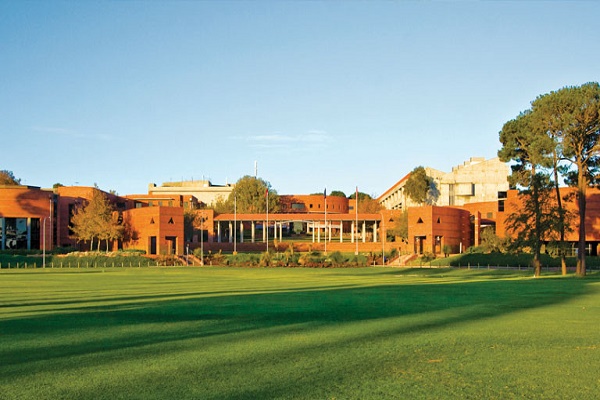Curtin University: Planting the seed for new soil carbon systems to address climate change
The project, which has secured Australian Government funding, will investigate new soil carbon systems for measurement and modelling to gauge the amount and various forms of carbon in Australian soils. Another priority will be investigating the soil’s capacity to capture and store atmospheric carbon dioxide to guide land management practices and support long-term planning for a sustainable future.
Professor Raphael Viscarra Rossel, who leads the SLSG from Curtin’s School of Molecular and Life Sciences, said the new project would have significant environmental and socio-economic value for Australia.
“Soil carbon is essential to the biological function and resilience of ecosystems and contributes to multiple United Nation’s sustainable development goals (SDG). However, the amount, composition and dynamics of organic carbon in Australian terrestrial and coastal marine soils are not well understood,” Professor Viscarra Rossel said.
“We also do not have quantitative assessments of the carbon storage potential of Australian soils, nor do we know their vulnerability to environmental and anthropogenic change.
“Soil carbon is extremely complex. We need to characterise and understand the roles of its various forms, which behave differently and have varied influence on other soil properties such as soil structure, water retention, the nutrients that plants need and soil biodiversity.”
Thanks to the Australia-China Science and Research Fund Joint Research Centres grant, Professor Viscarra Rossel and team will work with researchers from CSIRO, the Department of Industry Science, Energy and Resources (DISER), Edith Cowan University, Muresk Institute and Zhejiang University in China.
“I look forward to working with researchers across the many distinguished organisations to develop the next generation of soil carbon systems,” Professor Viscarra Rossel said.
“Together, this project will help us to better understand and predict the effects of climate and human-induced change on soil carbon.
“With our project partners, the research will develop local and nationally aligned SDG pathways and will simulate their impacts at both local and national scales.”

